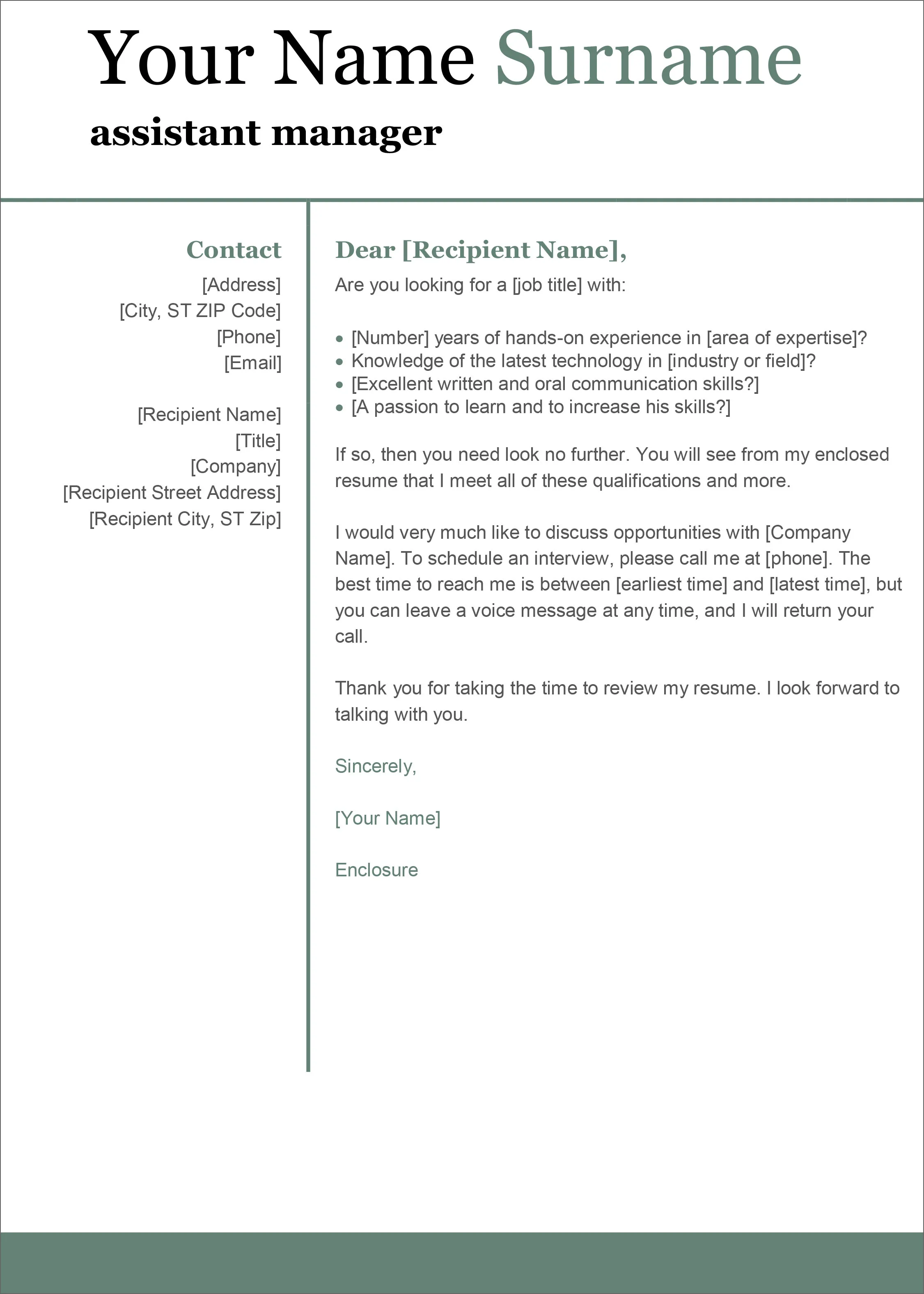Understanding the Importance of a Cover Letter
In the competitive landscape of job applications, a well-crafted cover letter serves as your first impression and a crucial tool in securing an interview. It’s more than just a formality; it’s an opportunity to showcase your personality, skills, and enthusiasm for the role. This guide will delve into the ‘how-to’ of creating a compelling cover letter, ensuring that your application stands out from the crowd. A cover letter is not merely a summary of your resume; it’s a narrative that connects your experiences to the specific requirements of the job. It tells the story of why you are the ideal candidate. By following the guidelines and incorporating the tips provided, you can transform your job application into a powerful tool that highlights your value and increases your chances of landing your dream job.
Why a Cover Letter is Essential
A cover letter offers a unique opportunity to provide context to your resume. It allows you to explain career transitions, address any gaps in your employment history, and demonstrate your genuine interest in the company and the specific role. It gives you a platform to showcase your communication skills and to express your personality and enthusiasm in a way that a resume, with its objective format, cannot. Think of it as your personal introduction and a chance to make a compelling case as to why the hiring manager should consider your application. Your cover letter is your chance to go beyond the basics, making a lasting impression and setting yourself apart from other applicants. It sets the tone for your application and showcases your commitment to detail and professionalism.
How a Cover Letter Enhances Your Application
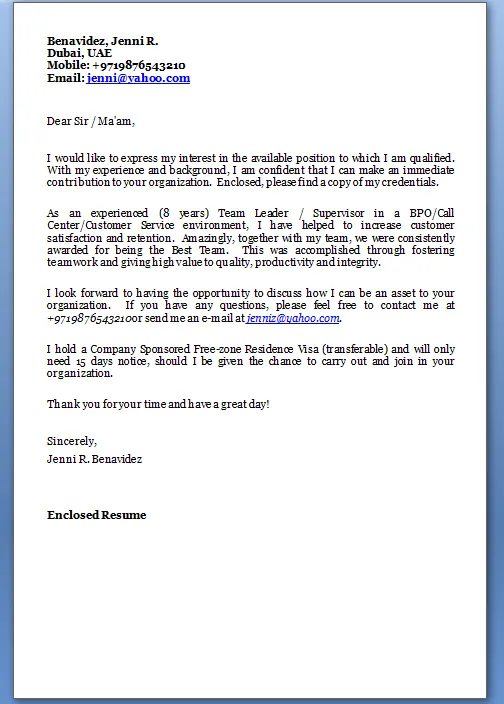
By highlighting specific skills and experiences, a cover letter allows you to tailor your application to the job description, demonstrating a clear understanding of the role’s requirements. It enables you to articulate your value proposition, showing the employer what you can bring to the table. It’s a chance to express your passion for the industry and the company, making you seem more than just another applicant. The cover letter humanizes the application process, allowing you to connect with the hiring manager on a personal level and build a strong first impression. It’s also a chance to showcase your writing abilities, ensuring that your communication skills align with the demands of the role. A well-written cover letter can significantly boost your chances of securing an interview.
Key Components of a Winning Cover Letter
Contact Information and Date
Start with your contact information, including your name, address, phone number, and email address, ensuring they are current and professional. Following this, include the date you are submitting the application. This information should be placed at the top left or right corner of the document. It provides the essential details for the recruiter to reach you if they are interested in moving forward with your application. Correctly formatting your contact information and the date demonstrates your attention to detail and professionalism. A clean and organized presentation is key when crafting a good cover letter.
Applicant’s Name and Address
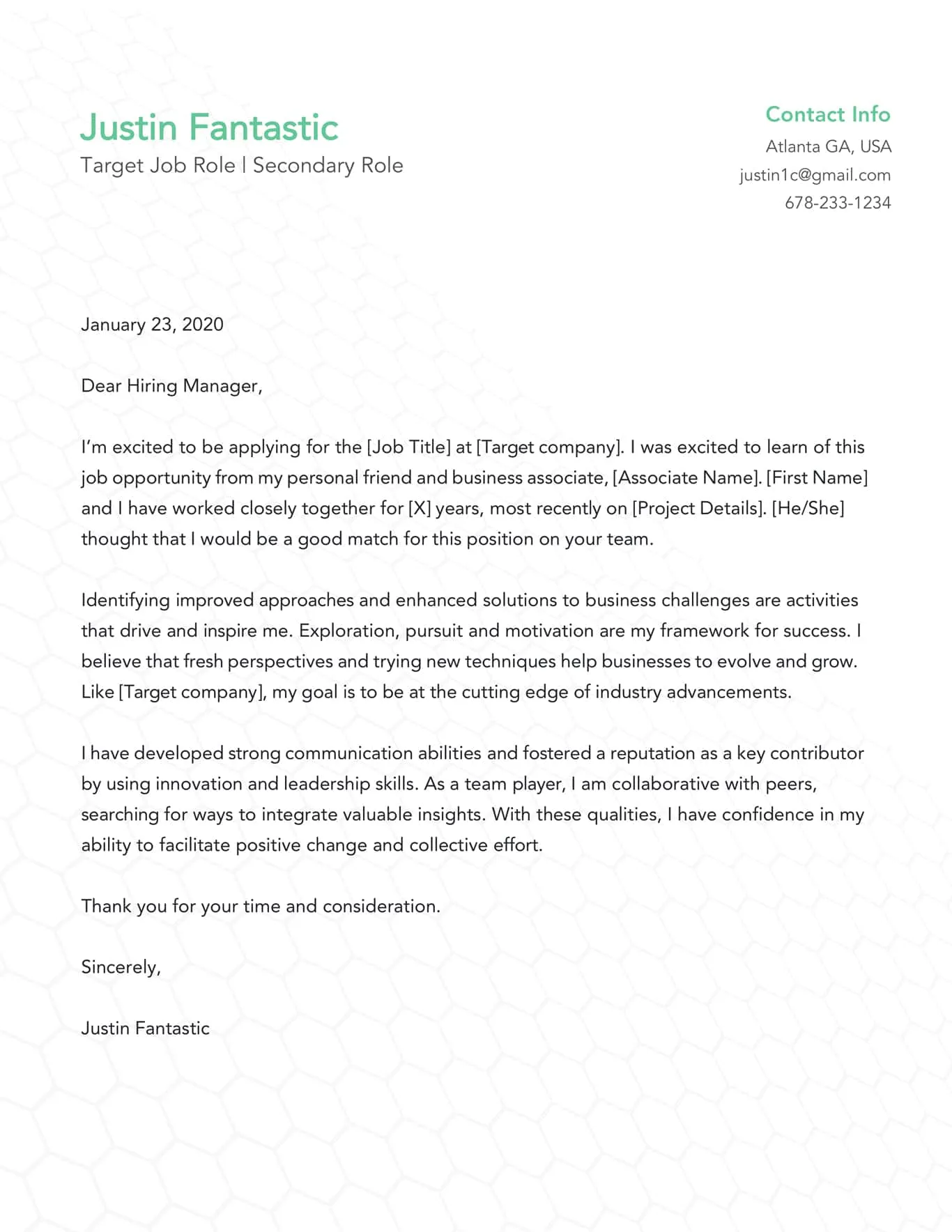
Your full name and complete address should be clearly visible at the top. This assures the employer that they know whom the letter is from, and they have a point of contact. This section makes sure that the employer knows from whom the letter originated and provides them with a point of contact. Ensure that your name is in an easy-to-read font and is prominently displayed. Accuracy is crucial, so double-check all details before sending the cover letter.
Recipient’s Name and Title
Always address your cover letter to a specific person if possible. Research the hiring manager’s name and title and address the letter to them directly. This demonstrates that you have taken the initiative to personalize your application. If you can’t find a name, address the letter to the hiring manager or the relevant department. Using a name adds a personal touch and indicates that you’ve done your homework on the company. It shows you’re serious about the job and invested in the company.
The Salutation
Use a formal and professional salutation. ‘Dear Mr./Ms./Mx. [Last Name]’ is the standard, and it shows respect. If you don’t know the name, ‘Dear Hiring Manager’ is acceptable. Avoid informal greetings like ‘Hey’ or ‘Hello.’ If addressing a group or department, use a formal salutation. Ensure that the salutation aligns with the overall tone of the cover letter and reflects your professionalism. A well-chosen salutation sets the right tone from the start, signaling your attention to detail and respect for the reader.
Crafting a Compelling Opening
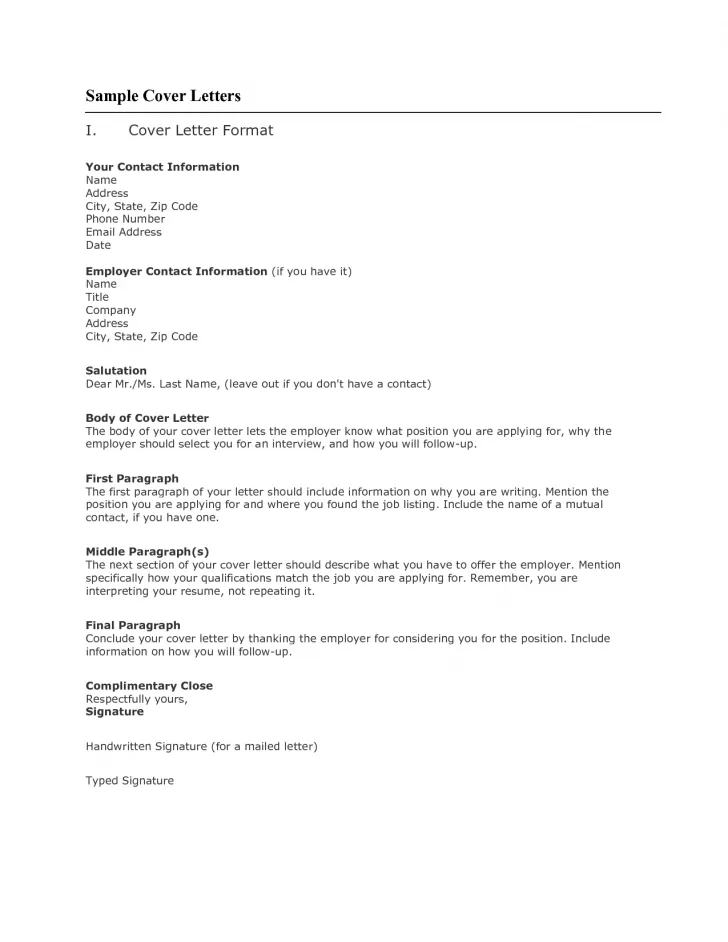
The opening paragraph of your cover letter is crucial. It’s your first chance to grab the reader’s attention and make a positive impression. Begin by stating the position you’re applying for and how you learned about it. Briefly mention your key qualifications or a compelling achievement that aligns with the job requirements. The opening should be concise, engaging, and designed to pique the reader’s interest. It should make them want to read more. Avoid generic openings; personalize it to show your genuine enthusiasm for the role and company. This helps in highlighting your suitability for the position and encourages the recruiter to continue reading.
Highlighting Your Skills and Experience
In the body of your cover letter, highlight the skills and experiences that make you a perfect fit for the role. Focus on the key requirements outlined in the job description and provide specific examples of how you’ve demonstrated those skills in past roles. Use action verbs to describe your achievements and quantify your accomplishments whenever possible. Tailor each cover letter to the specific job, making sure the skills and experiences you highlight directly address the employer’s needs. Ensure your qualifications resonate with the job description for the desired position. This section is where you can explain how your qualifications match the job.
Showcasing Relevant Achievements
Use your cover letter to showcase your relevant achievements. Instead of just listing responsibilities, provide concrete examples of your accomplishments. Quantify your achievements whenever possible. Did you increase sales, reduce costs, or improve efficiency? Include the numbers to demonstrate your impact. This shows potential employers how your achievements align with their expectations. Focus on the achievements that are most relevant to the job and the company’s goals. Highlighting your past successes provides a clear picture of your capabilities and potential to contribute to the organization.
Quantifying Your Accomplishments
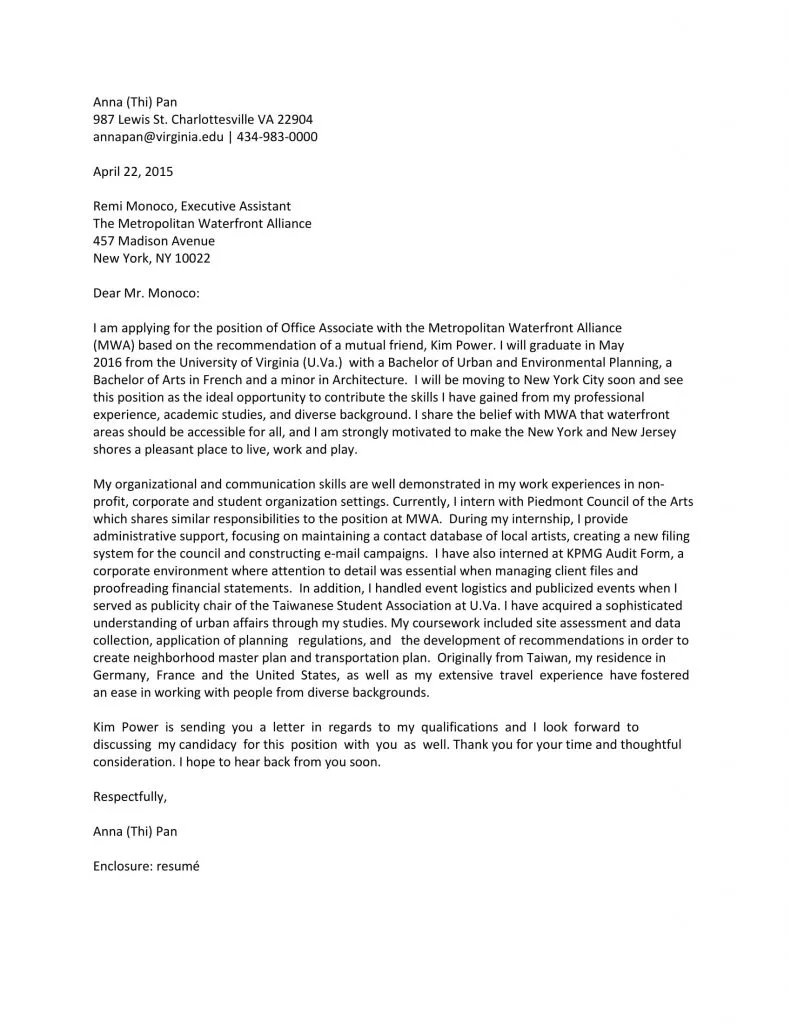
Quantifying your accomplishments makes your cover letter more compelling. Instead of saying ‘improved customer satisfaction,’ say ‘increased customer satisfaction by 15%.’ Numbers provide concrete evidence of your abilities and the value you brought to previous roles. Use metrics such as percentages, dollar amounts, or specific timeframes to showcase your achievements. Quantifiable data shows that you’re not just fulfilling responsibilities, but you’re making a tangible impact. It helps recruiters understand the scope of your work and the tangible results you have achieved in the past. This makes your cover letter more memorable and persuasive.
Tailoring Your Letter to the Job Description
The key to a successful cover letter is tailoring it to each job application. Carefully review the job description and identify the key skills, qualifications, and experiences the employer is seeking. Then, highlight the aspects of your background that align with those requirements. Avoid using a generic cover letter; customize it for each role, ensuring it resonates with the specific needs and expectations of the company. Customizing your cover letter shows you understand the job and are genuinely interested. It will increase the chances of getting noticed by the employer.
Demonstrating Your Understanding of the Role
Demonstrate your understanding of the role by addressing the specific requirements and responsibilities outlined in the job description. Show how your skills and experience make you a strong fit for the position. Research the company and the industry. Mention any relevant projects, challenges, or achievements that showcase your knowledge and expertise. This shows the hiring manager that you have taken the time to understand the role and the company. A cover letter that demonstrates this understanding highlights your aptitude for the role and your ability to contribute to its success.
Expressing Enthusiasm and Interest
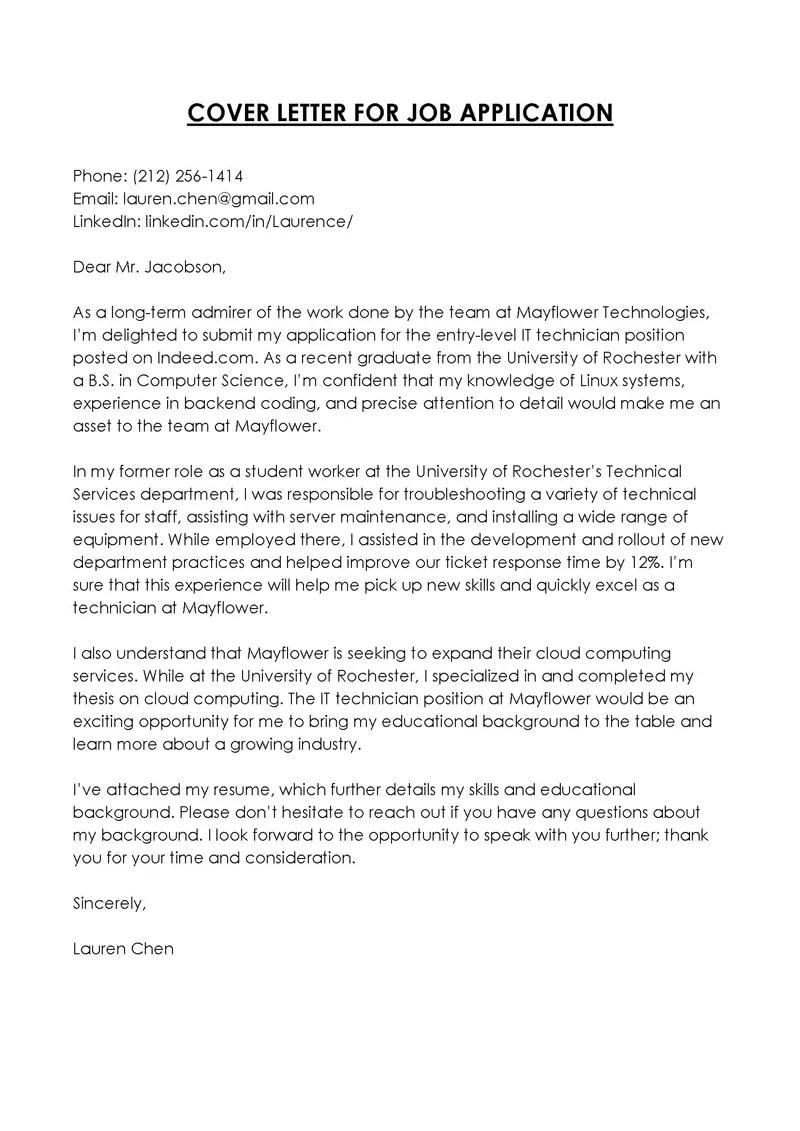
Convey your enthusiasm and genuine interest in the role and the company. Explain why you are excited about the opportunity and what motivates you. Express your specific interest in the company’s mission, values, or recent achievements. Show that you are not just looking for a job but are genuinely excited about the prospect of working with them. This demonstrates your commitment, passion, and a proactive approach that will make you stand out among other applicants. Make your interest clear, and explain what drives you to take on the challenge.
Writing a Strong Closing
The closing paragraph is your last chance to make a positive impression. Summarize your key qualifications and reiterate your interest in the role. Express your enthusiasm and thank the reader for their time and consideration. Use a confident and professional tone. Make it clear that you are eager to learn more about the opportunity. The closing should leave the reader with a positive impression and encourage them to take the next step. It should signal that you’re looking forward to hearing back from them.
Reiterating Your Interest and Availability
In your closing, reiterate your interest in the role, reminding the hiring manager why you are a good fit. State your availability for an interview and express your eagerness to discuss your qualifications further. Make sure your contact information is available. Keep your tone positive and professional. Ensure you are available for an interview, and make your contact information accessible. By showing that you’re ready to proceed to the next step, you strengthen your position as a qualified candidate.
Choosing the Right Closing
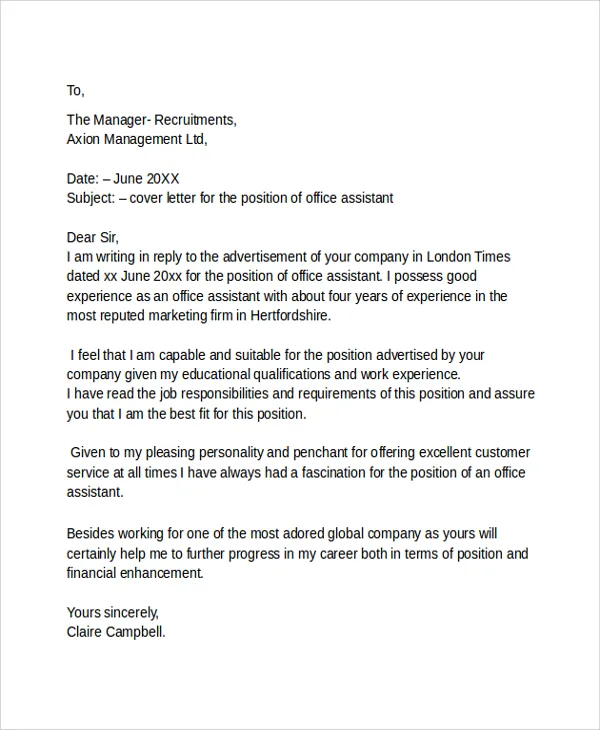
Choose a professional and appropriate closing phrase, such as ‘Sincerely,’ ‘Best regards,’ or ‘Thank you for your consideration.’ Avoid overly casual or informal closings. Ensure that your closing aligns with the tone of the rest of the cover letter. Use a closing that reflects respect and professionalism. The chosen closing phrase should leave the reader with a positive impression and reinforces your commitment to the opportunity.
Proofreading and Formatting
Proofreading and formatting are crucial for creating a professional and polished cover letter. Errors can reflect poorly on your attention to detail and professionalism. Always proofread your cover letter multiple times, checking for grammar, spelling, and punctuation errors. Ensure your formatting is clean, consistent, and easy to read. Use a clear, professional font and appropriate spacing. Well-formatted cover letters make it easy to read, and a neat presentation indicates that you’ve taken care to present yourself professionally. This greatly improves your chance of securing an interview.
Ensuring Clarity and Professionalism
Write in a clear, concise, and professional tone. Avoid using slang, jargon, or overly complex language. Your cover letter should be easy to understand, with correct grammar and correct punctuation. Be sure your writing is easy to follow and that your language is suitable for a professional environment. The goal is to convey your message effectively and ensure your professionalism shines through. Clarity and professionalism are essential in making a positive impression, so ensure that all your written content is clear and polished.
Formatting Tips for Easy Readability
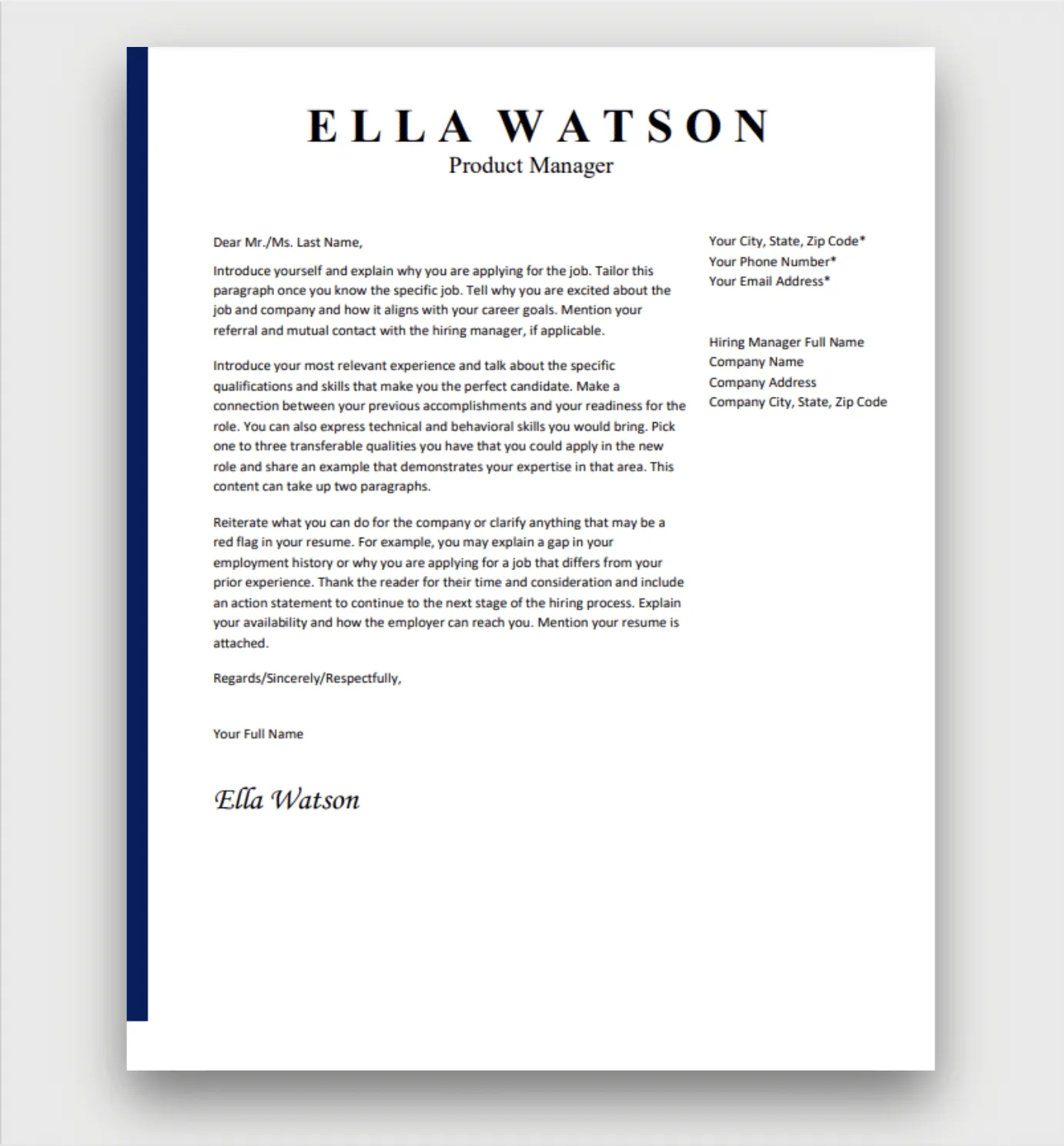
Use a clear, professional font like Arial, Times New Roman, or Calibri. Use a font size of 11 or 12 points for easy reading. Ensure consistent spacing between paragraphs and use bullet points to highlight key information. Keep your cover letter to one page whenever possible. Proper formatting is essential for creating a professional and easy-to-read document. Good formatting makes it easier for the reader to grasp your key points, increasing the chances of your cover letter being read thoroughly. Proper formatting enhances readability, ensuring that your cover letter presents you in the best possible light.
Cover Letter Samples and Templates
Reviewing cover letter samples and using templates can provide valuable guidance when creating your cover letter. They offer a starting point and examples of how to structure your letter. Make sure to adapt the samples and templates to fit your unique skills and experiences. Templates will help ensure that all necessary components are included. However, avoid the use of generic templates. They will provide a starting point and give you ideas on how to format your letter. Make sure to customize the template to be unique.
Where to Find Reliable Examples
Search reputable career websites and resources for cover letter samples. Look for examples that are tailored to the specific industry or job you’re applying for. Ensure that the examples are well-written, professional, and up-to-date. Look for examples from known and trustworthy career resources. Use these resources to better prepare yourself for the job application process. These resources provide you with examples and insights to help you. Check to make sure the resources provide accurate and current content. You can also find numerous guides online.
Customizing Templates for Your Needs
While using templates can be helpful, always customize them to fit your situation. Tailor the content to match your skills, experiences, and the job requirements. Avoid using generic language or phrases. Instead, replace them with specific examples from your background. Your unique value should be reflected in every cover letter, as it’s a reflection of you. Customize templates with your background and experience to increase your chances of getting hired. Tailor the templates to reflect your personality and accomplishments. Your cover letter should showcase your individual qualities.
